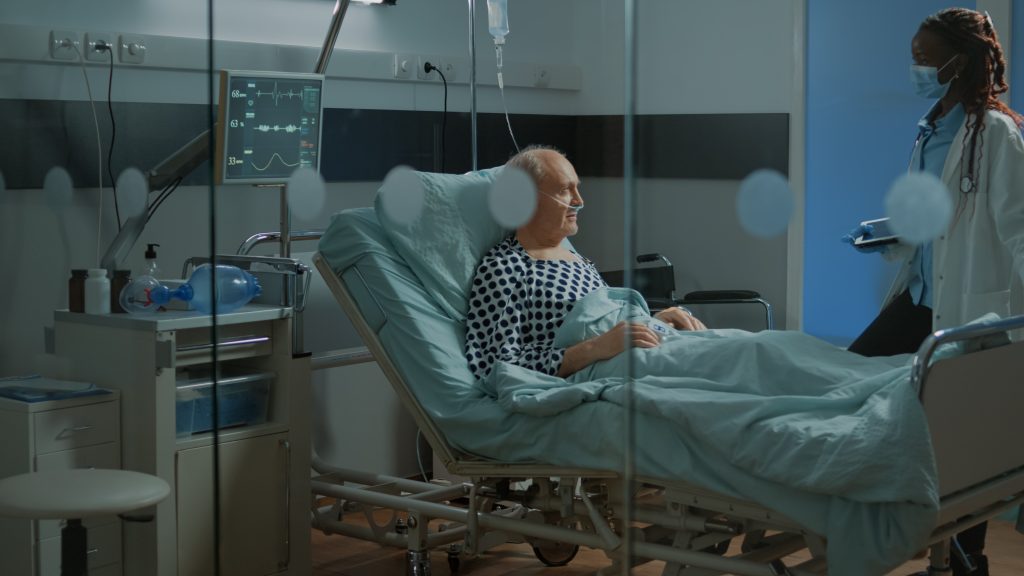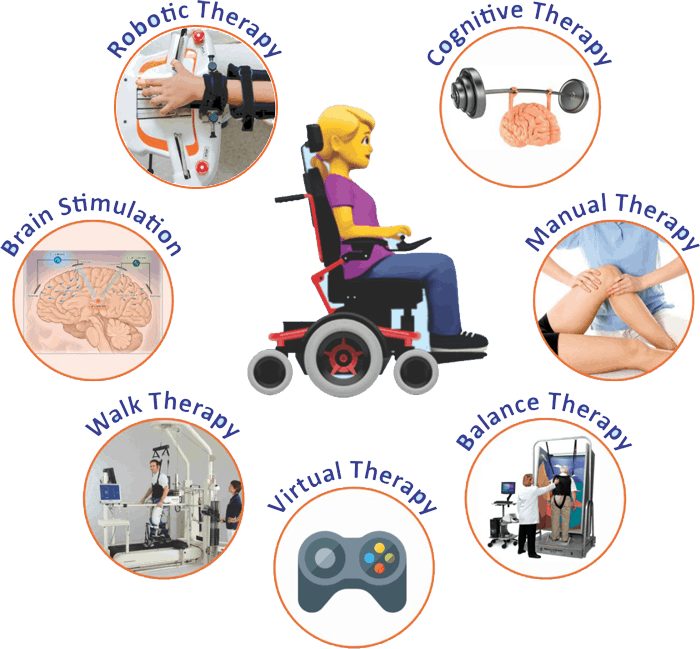A stroke is a medical emergency that occurs when blood flow to a part of the brain is interrupted or significantly reduced, preventing brain tissue from receiving necessary oxygen and nutrients. This can lead to brain cell death within minutes. There are two main types of strokes:
The effects of a stroke can vary widely, depending on the area of the brain affected and the severity of the injury. One of the most debilitating consequences of stroke is paralysis, which can affect one side of the body (hemiplegia) or specific limbs (hemiparesis).
The treatment for stroke, particularly in patients experiencing paralysis, is multifaceted and begins immediately after diagnosis. Here are key components of effective treatment and rehabilitation:

Physical therapists play a crucial role in helping patients regain mobility and strength. Rehabilitation exercises focus on improving balance, coordination, and overall physical function. Techniques may include gait training, stretching, and resistance exercises tailored to individual needs.
Occupational therapy focuses on helping patients relearn daily activities, such as dressing, cooking, or personal hygiene. Therapeutic strategies may include the use of adaptive equipment and techniques to promote independence in daily tasks.
Many stroke survivors experience difficulties with speech and communication, known as aphasia. Speech-language pathologists work with patients to improve their ability to communicate, as well as address swallowing difficulties often associated with strokes.
Emotional and psychological support is critical in stroke recovery. Many patients face depression, anxiety, or frustration due to their condition. Psychologists or counselors can provide strategies to cope with these challenges, and support groups can offer valuable community connections.
Long-term prevention of further strokes involves adopting a healthier lifestyle. This includes following a balanced diet, engaging in regular physical activity, managing chronic conditions (like hypertension and diabetes), quitting smoking, and reducing alcohol consumption.
Understanding stroke and its potential to cause paralysis is essential for effective treatment. Timely medical intervention, comprehensive rehabilitation, and ongoing support can significantly improve recovery outcomes. By focusing on both physical and emotional aspects of recovery, stroke survivors can work towards regaining independence and enhancing their quality of life.
A4 Clinics provides tech-enabled rehabilitation for BEST & FAST RECOVERY for stroke/paralysis/brain injury patients. Our goal is to provide MAXIMAL FUNCTIONAL RECOVERY as fast as possible.

A stroke is a medical emergency that occurs when blood flow to a part of the brain is interrupted or significantly reduced, preventing brain tissue from receiving necessary oxygen and nutrients. This can lead to brain cell death within minutes. There are two main types of strokes:
The effects of a stroke can vary widely, depending on the area of the brain affected and the severity of the injury. One of the most debilitating consequences of stroke is paralysis, which can affect one side of the body (hemiplegia) or specific limbs (hemiparesis).
The treatment for stroke, particularly in patients experiencing paralysis, is multifaceted and begins immediately after diagnosis. Here are key components of effective treatment and rehabilitation:

Physical therapists play a crucial role in helping patients regain mobility and strength. Rehabilitation exercises focus on improving balance, coordination, and overall physical function. Techniques may include gait training, stretching, and resistance exercises tailored to individual needs.
Occupational therapy focuses on helping patients relearn daily activities, such as dressing, cooking, or personal hygiene. Therapeutic strategies may include the use of adaptive equipment and techniques to promote independence in daily tasks.
Many stroke survivors experience difficulties with speech and communication, known as aphasia. Speech-language pathologists work with patients to improve their ability to communicate, as well as address swallowing difficulties often associated with strokes.
Emotional and psychological support is critical in stroke recovery. Many patients face depression, anxiety, or frustration due to their condition. Psychologists or counselors can provide strategies to cope with these challenges, and support groups can offer valuable community connections.
Long-term prevention of further strokes involves adopting a healthier lifestyle. This includes following a balanced diet, engaging in regular physical activity, managing chronic conditions (like hypertension and diabetes), quitting smoking, and reducing alcohol consumption.
Understanding stroke and its potential to cause paralysis is essential for effective treatment. Timely medical intervention, comprehensive rehabilitation, and ongoing support can significantly improve recovery outcomes. By focusing on both physical and emotional aspects of recovery, stroke survivors can work towards regaining independence and enhancing their quality of life.
A4 Clinics provides tech-enabled rehabilitation for BEST & FAST RECOVERY for stroke/paralysis/brain injury patients. Our goal is to provide MAXIMAL FUNCTIONAL RECOVERY as fast as possible.
A4 Clinics is a chain of clinics that provides advanced technology-enabled rehabilitation for patients with BRAIN DISEASES. This is the brain-child of Dr. Abha Agrawal, MD, FACP, FACHE (USA).
Copyrights © 2015-2025 All Rights Reserved by A4 Clinics Pvt. Ltd.